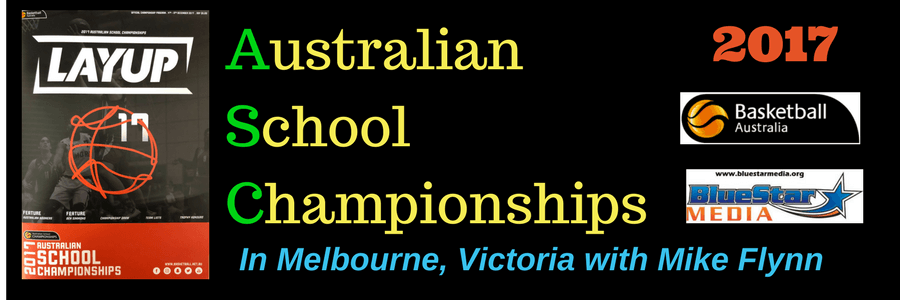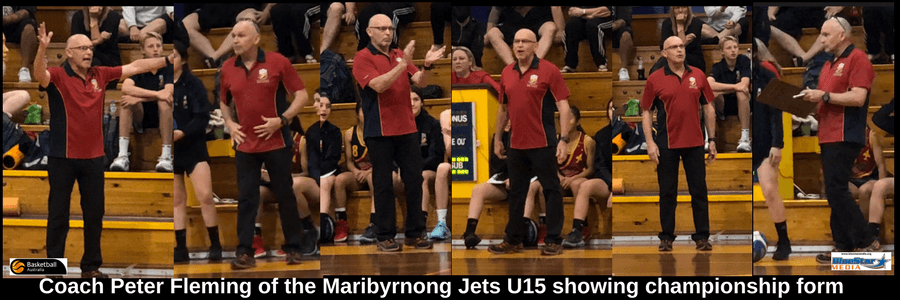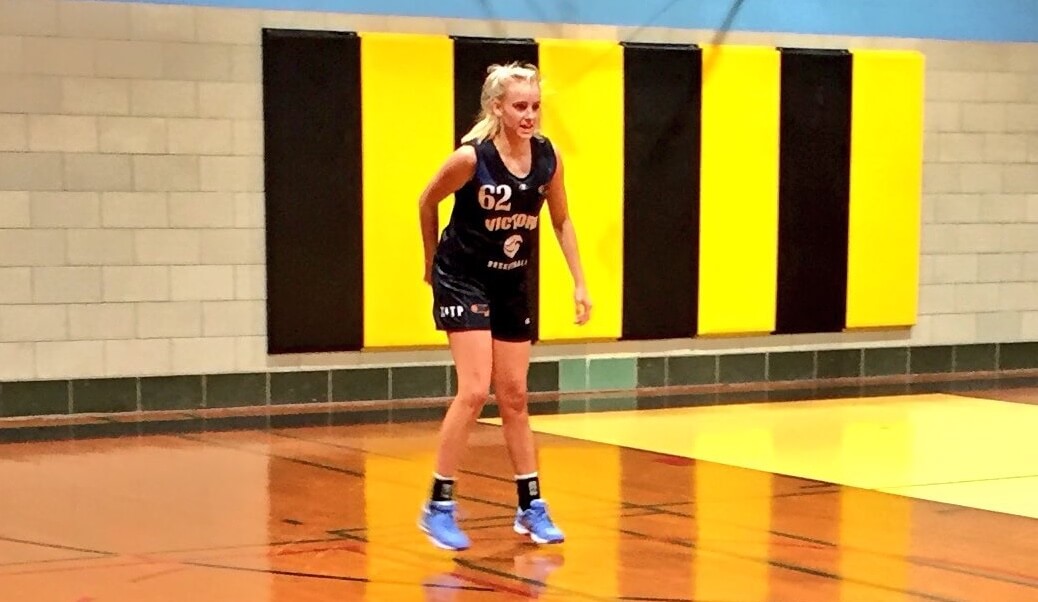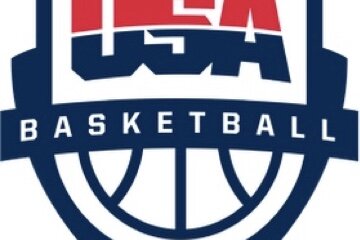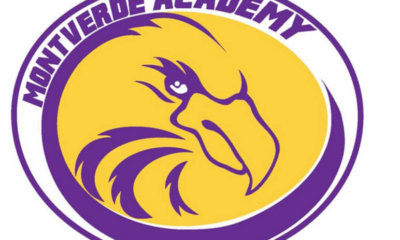MELBOURNE – When you make your first trip to Australia most people do not travel that far and with that expense without it being either a vacation or something special. But, when you cover the world of basketball like Blue Star Media does – it’s usually another day in the gym.
This was not my first journey to the other side of the world to watch basketball. Last February I spent a weekend in Manila watching the American Schools Tournament. About seven weeks ago I spend five great days in tech capital Bangalore, India attending the FIBA U16 Asia Women’s Championships after stops in Hong Kong and my favorite, Singapore.
This second long-haul trip over the Pacific was for the sole purpose to check out youth girls basketball in Australia and to find that “secret sauce” of success that has given the Aussies the 2016 U17 World Championship in Spain, their first and just recently the U16 Asia championship over Japan to qualify for the 2018 U17 Worlds in Minsk, Belarus next July.
What is it that makes such a small country the United States most formidable competitors when it comes to youth women’s basketball? What is it that makes them winners? Why can a country (24.5M) with less the population the size of Texas (27.5M) be so competitive against powers like the USA, France and Russia?
After watching the Aussies U16 Women’s Team counter-punch their way past Japan in a close 61-60 battle that’s worthy of re-watching for anyone wanting to see great basketball, was there a talent gap? A skills gap? A coaching gap? A culture gap?
To make sure I was looking at this question from top to bottom I wanted to watch what is going on at the school level – a great place to view teams and the best opportunity for my calendar was the Australian School Championships (ASC) held outside Melbourne at the Victoria State Basketball Center and other local sites.
This event had over 150 teams both male and female consisting of 20 divisions of competition starting at Freshman U15 to Junior U17 to Senior U20 and under. As the ASC was held in Victoria they had the bulk of the school teams with 71 while next door New South Wales had 40 and Queensland from the East Coast had 18.
I spent the first day watching the U15 and U17 competitions to see what the level of competition and the level of abilities being displayed. As there were school teams a number of schools competed across multiple divisions both boys and girls.
It was clear by the end of day two the talent levels were ok with a few players having potential to compete at the USA college D1 level in the U17 division. There were 3 Divisions at the U17 level so most of the competition was not of high collegiate ability. Regardless, those who shined at the U17 level were worth watching for potential.
The next viewing was the U15s which is mostly 8th grade and 7th grade players. As there is no way to distinguish grades / ages it’s mostly prior experience of watching this level of competition. I was also curious to see how these players would match up with those similar-aged Blue Star 30 players who attended the camp this past July in Washington, DC. I was not disappointed as there were at least 4 to 7 players who made an impression. In fact, it was one team the Maribyrnong Jets who dominated this division for the second year in a row that was loaded with potential talent.
By Championship day it was obvious who were the top teams and top talent. It was no surprise that the Jets dominated the U15s (1) and won the U20s (1). Box Hill won the U17 (1) while Mater Christi College good the U17 and U20 Division 2 titles. Aquinas took the U15 Division 1 crown.
I also had a chance to watch the boys competitions. It was no surprise there is a difference – just like the United States – when it comes to impressive play from players of color. Immigration has had an impact on boys basketball there as it has also on Canada basketball. The rising tide has raised all boats. On the girls side the impact is not as great but it is there too.
What I got from watching all those games was an understanding on what makes Aussie players impactful – their intense play. This is not an equally spread across all teams and players but it’s the basis on which you see – a country that loves sports and competition and one that uses “how hard you play” to rise to the top of the competition pyramid.
This was clearly evident watching the great U16 Asia Women’s Championship game between Australia and Japan in Bangalore. The Japanese are known for non-stop play because of their size. The Aussies played them step for step in an exciting final. The takeaway was simple – each team did not take off a play – they both were intense.
This is something that has become a major problem in the USA where “our talent” takes off plays as they feel “athletic ability” overrules hard play of less ability. But when it is a team-wide issue then it can become a trap when higher level of intensity become the deciding factor – just like it was in Spain in 2016 when Australia claimed the U17 world championship. Some feel this same attitude allowed the world to catch up for the men in Athens 2004.
In the United States where basketball is shrinking and everyone from the NBA over to USA Basketball and other entities are trying to “engage” youth at the U13 and U15 levels – they’re running against a shifting sports culture where work to compete, succeed and win in basketball is losing bodies to other less physical sports where there is more fun and less obvious failure. Distilled down this means a less intense youth population drifting away from basketball while in Australia the sport flourishes.
I was beyond intrigued to speak with the champion Maribrynong Jets U15 Coach Peter Fleming who ran this team like a machine winning every game by double figures. Instead of a roster with just 2-3 players his Jets had a roster of 10 players and he managed them like an orchestra conductor using different lineups with a deep bench no matter who started. The Jets all played the same level of hard regardless of who was on the floor and regardless of the score. In America opposing parents would’ve been screaming – here they understand competition and it’s a matter of play harder.
I asked Coach Fleming a number of questions about his program and what it’s like coaching future players who can either go pro after high school or head to the USA for a college pathway.
I asked Coach Fleming how this Australia Basketball development pathway affects his young talented group of U15s with the Maribyrnong Jets that has at least 4-6 players who could one day play post-high school high level basketball.
The wonder of watching Aussie players at the youth level either here in Melbourne or around the world with the Australia Women’s U16 in India or the U17s in Spain back in 2016 and even in France back in the 2000s – they always split between wearing low cut basketball or cross training / running shoes vs. the higher top shoes preferred by USA players. Obviously the Nike Kobe shoe has an impact on this either or choice as this became a go-to for a lot of international youth and professional players.
NOTES: The ASC is run during the Australian Schools winter break and there’s a number of schools teams that also toured the United States at this time. When I got back to the USA there were a lot of people talking about 6-0 Paige Prince a freshman from Victoria, Australia (where this event was being held) who was at the She Got Game event in Washington, DC with her team. Coach Travis Ponton noted that Prince is “skilled, strong at the off-guard spot” and put on a shooting display. She is built like a 4 but plays like a wing. That’s exactly the type of tough player I also got to see when I watched the U16 Asia Championships and the ASC in Melbourne.
Mike Flynn is owner and operator of Blue Star Basketball and U.S. Junior Nationals. He is a National Evaluator and publishes the Blue Star Report which ranks the top 100 high school girls basketball players in the nation. He also serves as Secretary of the Middle Atlantic District AAU, National Chair for AAU Lacrosse, Consultant to Gatorade for girls basketball, member of the McDonald's All–American selection committee, & Consultant for Nike Global Basketball.

